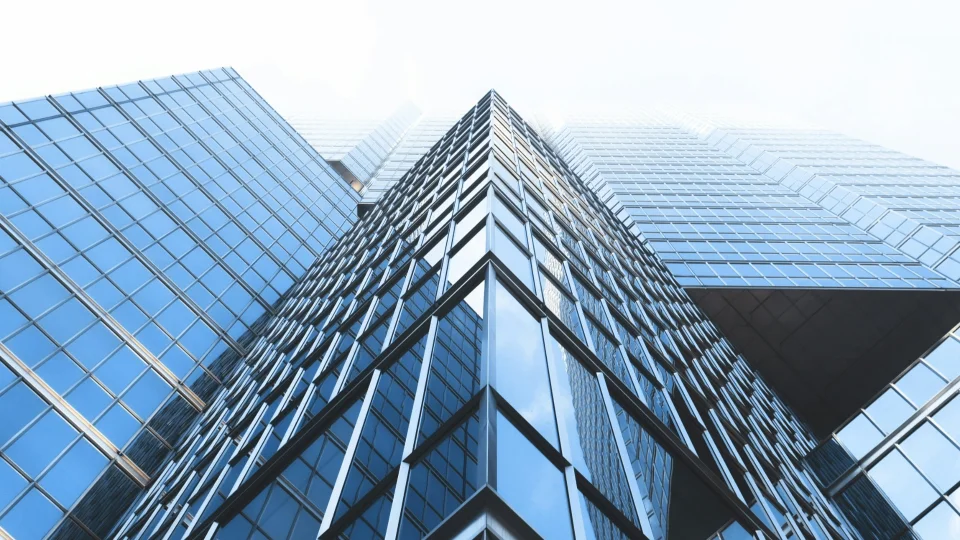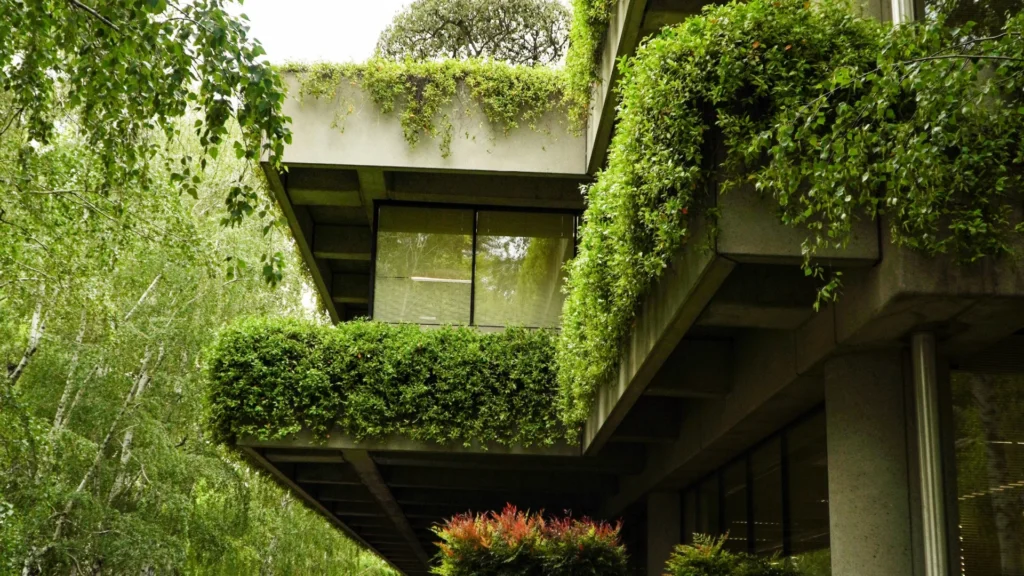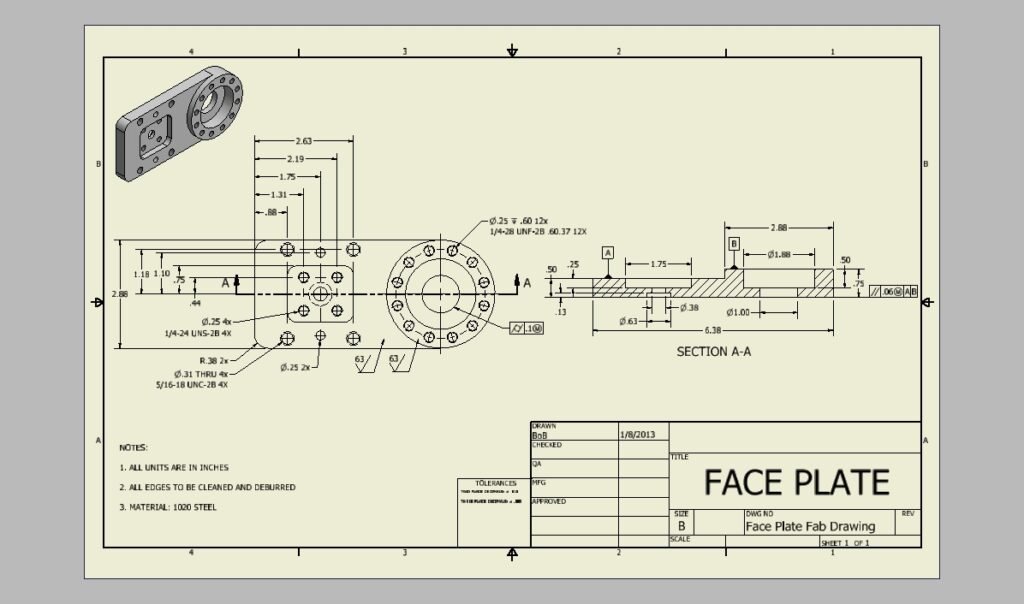What Are Glass Curtain Walls?
Glass curtain walls are architectural features that consist of large glass panels held together by metal frames. Unlike traditional walls, which are made of bricks or concrete, these walls are primarily composed of glass. This creates a stunning visual effect, as it appears as though the building is wrapped in a transparent curtain of glass.

- Glass curtain walls are not only aesthetically pleasing but also functional. They allow an abundance of natural light to enter the building, reducing the need for artificial lighting during the day.
- These walls offer breathtaking views of the surrounding landscape, creating a sense of connection with the outside environment.
- The transparency of glass curtain walls can also give a sense of openness and spaciousness, making even small spaces feel larger.
Importance of Glass Curtain Walls
Glass curtain walls have gained significant importance in modern architecture for several reasons. Let’s delve into the key factors driving their popularity.
Energy Efficiency
With growing concerns about energy consumption and its impact on the environment, energy efficiency is a top priority for architects and building owners. Glass curtain walls play a crucial role in achieving energy efficiency in buildings.
- The transparency of glass allows natural light to penetrate deep into the building, reducing the need for artificial lighting during the day. This not only saves energy but also creates a more comfortable and pleasant indoor environment. Natural light has been proven to improve productivity, mood, and overall well-being.
- Advanced glass technologies, such as low-emissivity coatings and insulating glass units, enhance the energy performance of glass curtain walls. These features help to minimize heat transfer, reducing the reliance on heating and cooling systems and resulting in substantial energy savings.
Sustainability
Sustainability is another essential aspect of modern architecture, and glass curtain walls align perfectly with this principle.
- The use of glass as a primary material in curtain walls reduces the demand for conventional building materials like bricks and concrete. This contributes to the preservation of natural resources and reduces the carbon footprint associated with construction.
- The transparency of glass curtain walls allows occupants to connect with the outdoors, promoting a sense of well-being and a closer relationship with nature. This connection with nature can foster a sense of responsibility and care for the environment among building occupants.
Flexibility and Adaptability
Glass curtain walls offer unparalleled flexibility and adaptability to changing design requirements and building functions.
- Unlike solid walls, glass curtain walls can easily be modified or expanded without major structural changes. This allows for future modifications or additions to the building, accommodating evolving needs and preferences.
- The use of modular glass panels in curtain walls allows for easy replacement of damaged or outdated panels, ensuring the longevity and aesthetic appeal of the building.
Technological Advancements
Advancements in glass and construction technologies have greatly contributed to the widespread adoption of glass curtain walls.
- High-performance glass coatings, such as solar control coatings and self-cleaning coatings, improve the functionality and performance of glass curtain walls. These coatings help to reduce glare, regulate solar heat gain, and minimize dirt buildup on the glass surface.
- The development of energy-efficient glass materials, such as double or triple-glazed units, enhances the insulation properties of glass curtain walls, resulting in improved thermal comfort and reduced energy consumption.
Why Glass Curtain Walls?
By now, you may be wondering why glass curtain walls have become the go-to choice for architects and building owners. Here are the key reasons behind their increasing popularity

- Aesthetics: Glass curtain walls offer a sleek and modern look that instantly elevates the visual appeal of any building. The transparency of glass creates a sense of lightness and elegance, allowing the building to seamlessly blend with its surroundings.
- Natural Light: The abundance of natural light that glass curtain walls allow in creates a brighter and more inviting indoor environment. This can have a positive impact on the well-being and productivity of building occupants.
- Views: With glass curtain walls, occupants can enjoy uninterrupted views of the outside world. Whether it’s a bustling cityscape or a serene natural landscape, these walls provide a unique opportunity to connect with the environment.
- Sustainability: Glass curtain walls contribute to sustainable building practices by reducing the reliance on artificial lighting, improving energy efficiency, and promoting a closer relationship with nature.
- Flexibility: The adaptability and flexibility of glass curtain walls make them an ideal choice for buildings that require future modifications or expansions. The ability to easily replace or modify glass panels ensures the longevity and versatility of the structure.
Conclusion
Glass curtain walls have revolutionized modern architecture by introducing transparency, natural light, and sustainability into building design. Their importance cannot be overstated, as they address crucial aspects of energy efficiency, sustainability, flexibility, and technological advancements. As we continue to prioritize responsible and forward-thinking building practices, glass curtain walls will undoubtedly remain at the forefront of architectural innovation.
So, the next time you gaze upon a sparkling glass-clad skyscraper or a transparent office building, take a moment to appreciate the beauty and functionality of glass curtain walls. They truly are a testament to the harmonious union of aesthetics, technology, and environmental consciousness.


